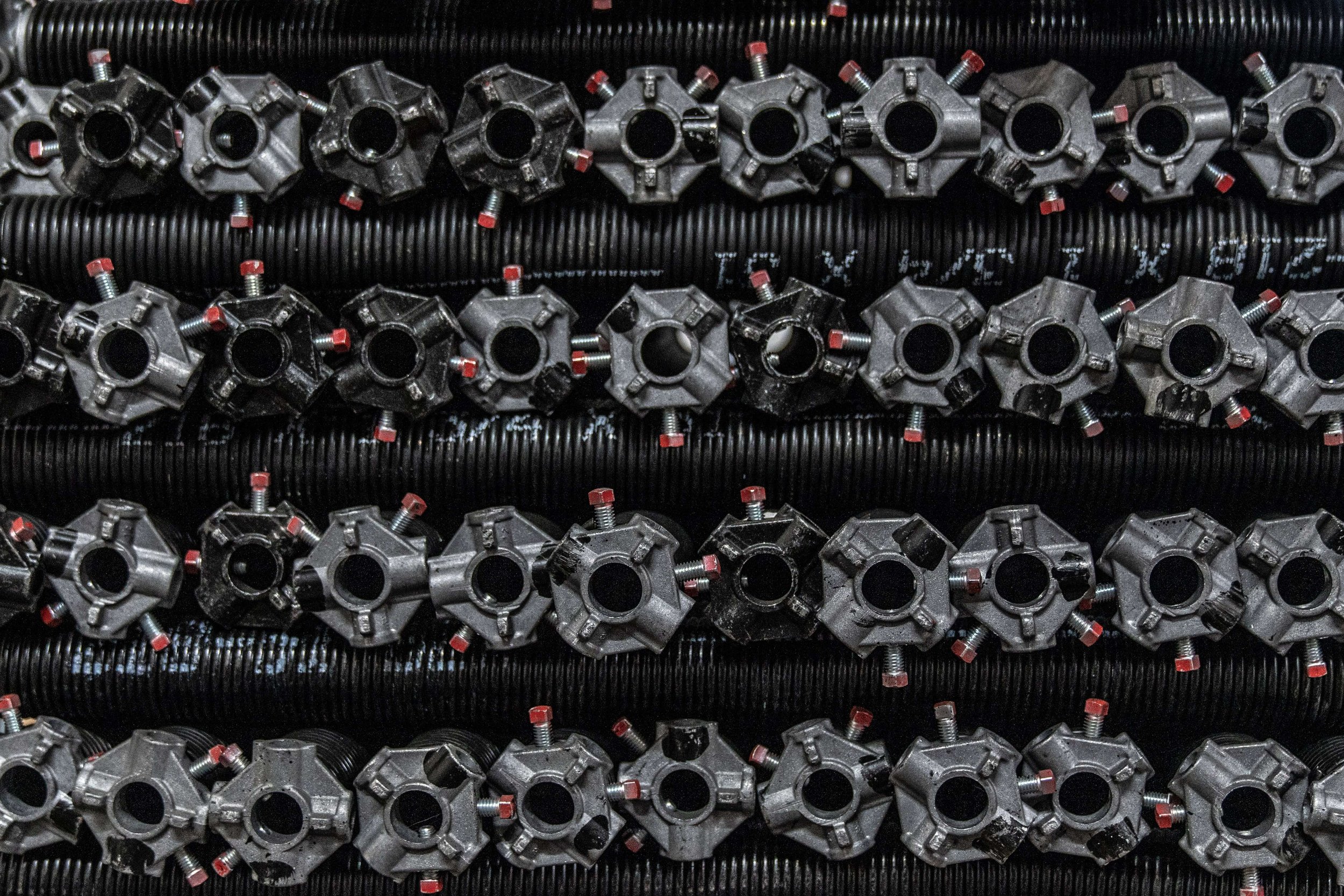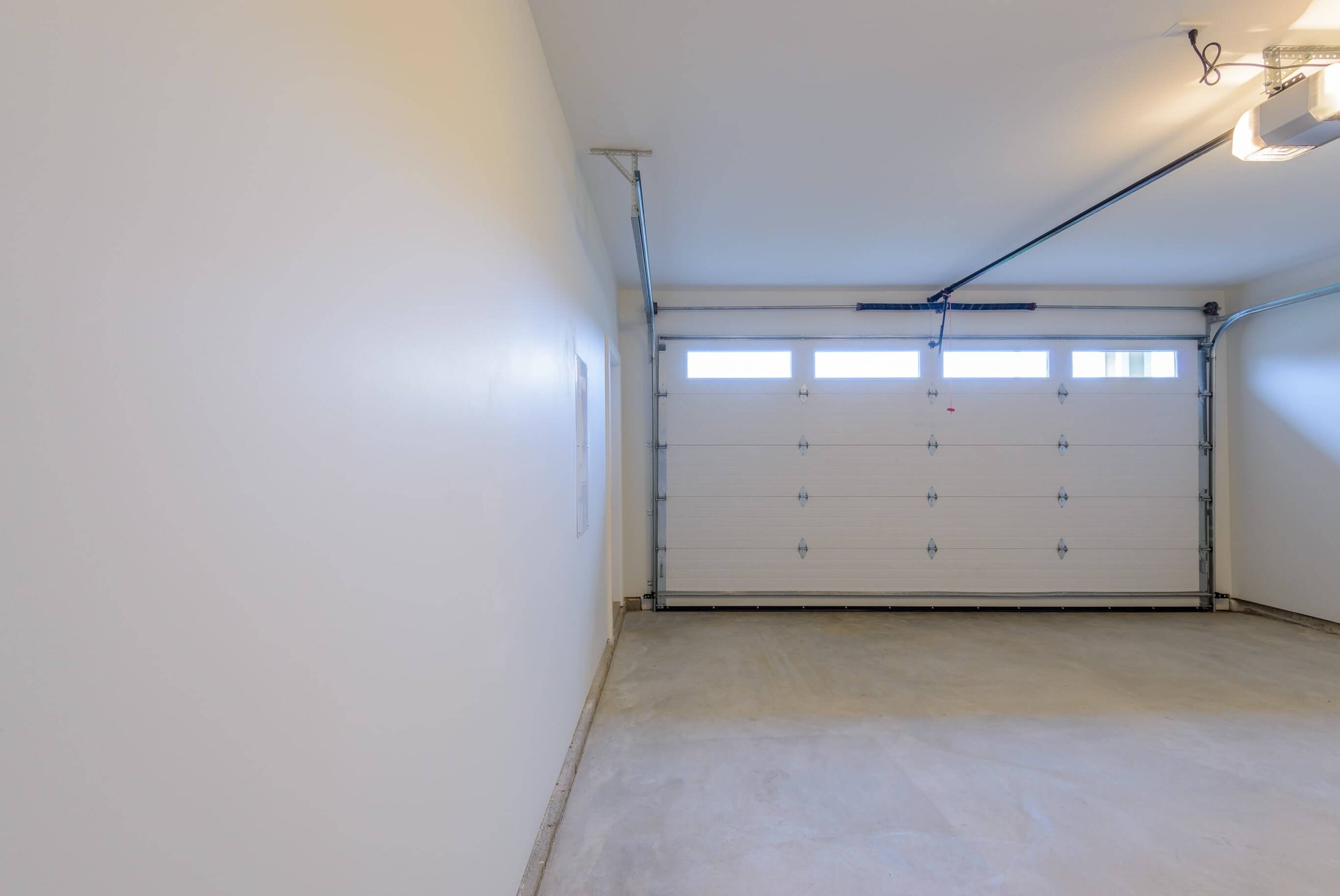Garage Door Broken Spring Repair: How to Maintain Your Garage Door Springs
Welcome to our comprehensive guide on garage door broken spring repair. Garage doors play a crucial role in ensuring the security and convenience of your property. However, over time, certain components of the garage door may wear out or break, leading to issues that need immediate attention. One such common problem is a broken spring. In this article, we will explore the importance of garage door spring repair, the signs of a broken spring, the repair process, and how to maintain garage door spring components.
Read on to learn more about garage door spring repairs and how to keep your springs in excellent condition.
Garage Door Broken Spring Repair: Understanding the Basics
A garage door is composed of various components, including springs, cables, tracks, and rollers. Among these, the springs bear the majority of the weight and tension when the door is opened or closed. Over time, due to regular usage and exposure to environmental factors, the springs can become worn out or break.
Whether you have torsion springs or extension springs, these crucial components bear the weight of your garage door and facilitate its smooth operation. When a spring breaks, it can lead to various problems such as the door becoming unbalanced, difficulty in opening or closing, or even complete door failure. That's where professional garage door broken spring repair services come into play.
Signs of a Broken Garage Door Spring
Identifying a broken garage door spring is crucial for prompt repair. Keep an eye out for the following signs:
1. Difficulty Opening or Closing
If you notice that your garage door is suddenly heavier or becomes harder to open or close, it is a strong indicator of a broken spring. The unbalanced weight distribution can strain the garage door opener, leading to further complications.
2. Uneven Movement
Another sign to look out for is an uneven movement of the door. If one side of the door rises faster than the other or if it appears crooked when opening or closing, it may be due to a broken spring.
3. Loud Noises
A loud banging or snapping sound when operating the garage door is a clear indication of a broken spring. The sudden noise is caused by the release of tension in the spring.
4. Visible Gap in the Spring
In some cases, you may visually detect a gap or separation in the spring itself. This clear sign confirms the need for immediate repair or replacement to avoid further damage to your garage door.
Garage Door Broken Spring Repair: The Process
When faced with a broken garage door spring, it is important to seek professional repair services to ensure a safe and efficient resolution. Here is an overview of the typical process involved in repairing a broken spring:
1. Inspection
A trained technician will perform a thorough inspection of the garage door to identify the broken spring and assess any other potential issues.
2. Spring Replacement
Once the broken spring is identified, it will be carefully removed and replaced with a new one. It is essential to use the appropriate type and size of the spring to ensure proper functioning.
3. Balancing and Adjustment
After installing the new spring, the technician will balance and adjust the tension to ensure that the garage door operates smoothly and evenly. This step is crucial for the longevity and performance of the door.
4. Lubrication
To optimize the operation of the garage door, the technician will apply lubrication to the moving parts, such as hinges, rollers, and tracks.
How to Maintain Garage Door Spring
Proper maintenance of garage door spring components is essential for ensuring the smooth operation, safety, and longevity of your garage door system. Neglecting these vital components can lead to malfunctions, premature wear, and potentially dangerous situations. The following are key steps and precautions to take if you’re wondering how to maintain your garage door spring:
Regular Inspection
Performing routine inspections allows you to identify any signs of wear or damage early on and address them promptly. Here are the essential steps to follow during the inspection:
Visual Examination: Inspect the garage door springs for signs of rust, corrosion, fraying, or any visible damage. Pay attention to both torsion springs (usually located above the door) and extension springs (mounted alongside the horizontal tracks).
Listening for Unusual Sounds: Listen for any abnormal noises, such as squeaking or grinding, when operating the garage door. Unusual sounds can indicate misalignment, friction, or other issues with the springs.
Balancing Test: Test the balance of the garage door by disconnecting the opener and manually raising it to the halfway position. If the door remains in place, it is properly balanced. If it moves up or down, it may be a sign of spring imbalance, requiring adjustment or replacement.
Lubrication
Proper lubrication reduces friction and wear on garage door springs, ensuring their smooth operation. Follow these steps when lubricating your springs:
Select the Right Lubricant: Use a high-quality silicone-based lubricant specifically designed for garage door springs. Avoid using WD-40 or grease, as they can attract dust and debris, causing more harm than good.
Apply Lubricant: Apply a small amount of lubricant to all spring coils, focusing on the areas where the coils meet. Ensure an even distribution of lubricant without overapplying, as excess lubricant can attract dirt.
Professional Maintenance
While regular inspections and lubrication can help maintain your garage door springs, it is recommended to seek professional assistance periodically. A trained technician can perform comprehensive maintenance tasks, including:
Tension Adjustment: Adjusting the tension of your garage door springs ensures proper balance and prevents unnecessary strain on the system.
Spring Replacement: Over time, garage door springs can lose their strength and resilience. Professional technicians can identify when spring replacement is necessary and carry out the procedure safely.
System Safety Check: Professionals can perform a comprehensive safety inspection of your entire garage door system, ensuring that all components, including springs, cables, and pulleys, are in optimal condition.
Broken Garage Door Springs? Contact Old Town Garage Door Repair
A broken spring can significantly impact the functionality and safety of your garage door. Timely garage door broken spring repair is crucial to restore its smooth operation and prevent further complications. By addressing the issue promptly and implementing regular maintenance practices, you can enjoy a reliable and secure garage door for years to come.
At Old Town Garage Door Repair, we are dedicated to providing reliable and professional garage door broken spring repair services throughout the Murrieta and Temecula areas. Our team of experienced technicians is well-equipped to handle any spring repair job efficiently and safely, ensuring your garage door functions flawlessly.
Don't wait until a broken spring causes inconvenience and potential risks. Contact us today for expert garage door broken spring repair and let us help you maintain the longevity and performance of your garage door.
FAQs
-
The lifespan of garage door springs can vary depending on factors such as usage, climate, and maintenance. However, as a general guideline, torsion springs typically last around 10,000 cycles, while extension springs have a lifespan of approximately 5,000 cycles.
-
Yes, there are two main types of garage door springs: torsion springs and extension springs. Torsion springs are mounted above the garage door, while extension springs are typically placed on either side of the door.
-
To minimize the risk of a broken garage door spring, it is important to ensure regular maintenance of the door and its components. Lubricating moving parts, checking for signs of wear, and scheduling professional inspections can help identify and address potential issues before they escalate.
-
Yes, a broken garage door spring can cause additional damage if left unaddressed. The increased strain on other components, such as cables and tracks, can lead to premature wear and failure. Prompt repair of a broken spring is essential to prevent further damage.
-
While you cannot entirely prevent garage door springs from breaking, there are maintenance steps you can take to extend their lifespan. Regular lubrication, inspection for signs of wear, and timely repairs or adjustments can help minimize the risk of spring failure.



